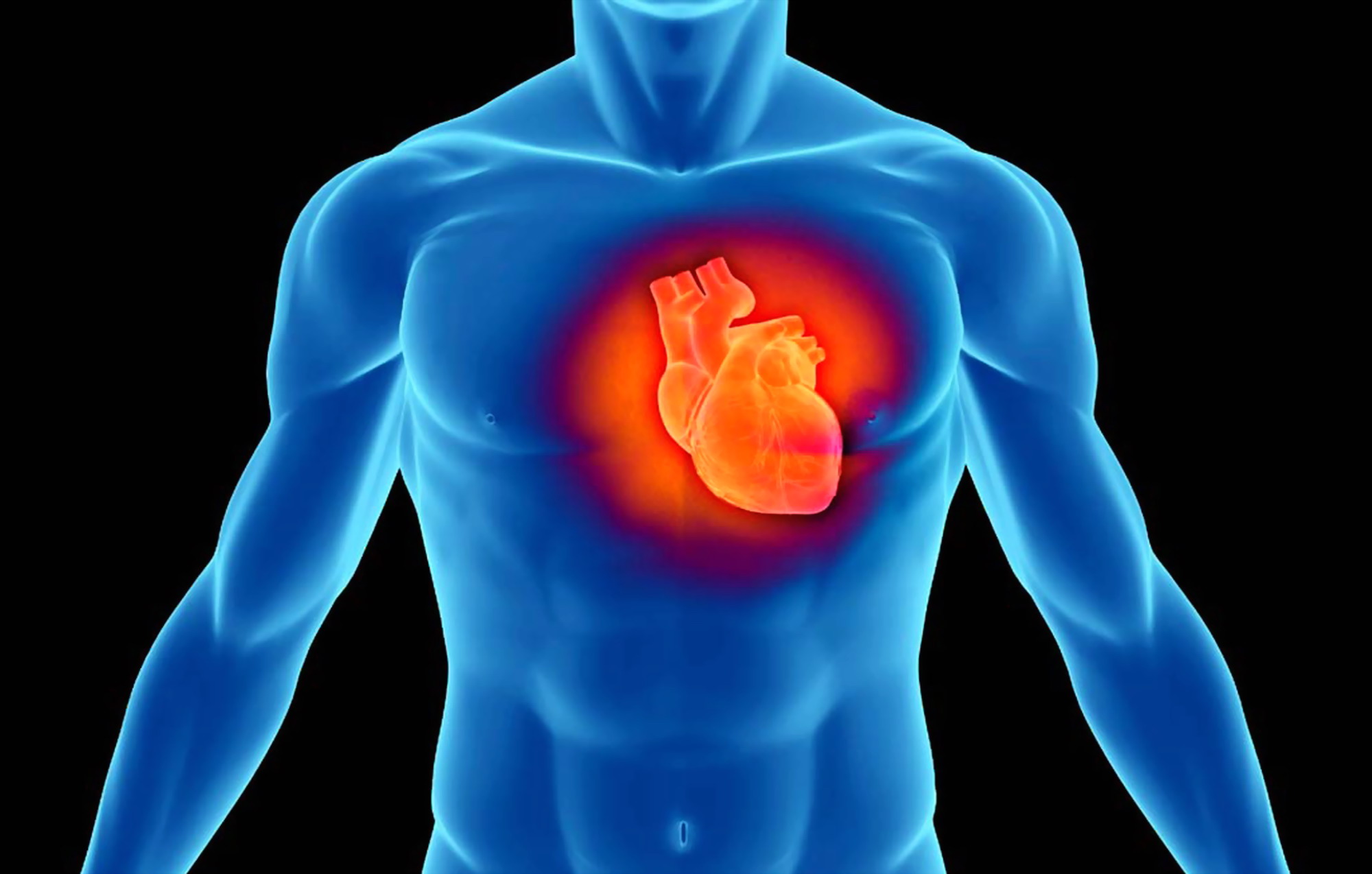
Fascicular Tachycardia: how to face it?
As the E-Journal of the ESC Council for Cardiology Practice reports, the fascicular tachycardia is an uncommon idiopathic ventricular tachycardia, originating from the left ventricle.
Let us discover how fascicular tachycardia appears and how to face it. If you enjoy watching medical dramas such as Grey’s Anatomy, you may have seen doctors say some of your favourite characters are in ”V-tach”, “he is recovering from ”V-tach.”
Well, that is the simple and quick way of saying “ventricular tachycardia”. The word “ventricular” describes your heart’s lower chambers. Tachycardia in medical terms means a heart rate faster than normal. And that’s what it is in a nutshell – an abnormally rapid heartbeat.
How Your Heart Should Beat?
The heart is a muscular organ to pump blood through the body and is made of four chambers. The upper two chambers are called the atria. The two lower chambers are called the ventricles. These four chambers function together to pump oxygen and nutrient-rich blood throughout your body and to vital organs. Every day, a healthy heart usually beats about 100,000 times.
Electrical signals regulate your heartbeat. These signals follow a specific pattern, beginning in the sinoatrial, or SA, node, which resides in your heart’s upper chamber, or atrium. This signal causes your atria to contract. It then moves down to another portion of your heart referred to as the atrioventricular, or AV, node. This tells your ventricles to contract.
Fascicular Tachycardia: What Goes Wrong?
But with this condition, the electrical signals in your ventricles fire off in a wrong way. The pulses emerging from the SA node commonly referred to as the heart’s natural pacemaker, are also affected. A normal heartbeat in most people stays in the range of 60 to 100 beats per minute. Ventricular tachycardia can lead to speeds as high as 170 beats a minute and even more.
Your heart’s upper chambers do not have time to re-fill and after that send that blood to the ventricles. That means your blood is not getting pumped efficiently throughout your body.
In some instances, this condition can result in what’s called ventricular fibrillation, very rapid and erratic heartbeats of 300 or more a minute. This is lethal, and you would need emergency treatment.
What Are the Symptoms of Fascicular Tachycardia?
You may not have any of the symptoms, in the case of your heart beating extra fast for only a few seconds. But most incidents last longer, and you may then feel lightheaded or dizzy.
Other common symptoms are:
- Chest pain
- Heart palpitations
- Shortness of breath
Occasionally, it can cause fainting and unconsciousness.
Am I likely to go through this?
It usually appears in people with other types of heart conditions, such as coronary artery disease, which can hinder blood flow.
If you have a health condition called cardiomyopathy, which causes the heart muscle to become bigger, thick, or rigid, you have a higher chance of ventricular tachycardia. Any previous occurrences of a heart attack or a heart surgery could also increase your chances of FVT. The following are uncommon but can cause this condition:
- Genetic disorders.
- A discrepancy in electrolytes, which are minerals in the body that help your heartbeat typically.
- Heavy intake of alcohol or caffeine.
- Sarcoidosis, a condition that causes inflamed tissues to grow in your body.
- Some types of medicines or recreational drugs.
How Is Fascicular Tachycardia Diagnosed?
The doctor will review your medical history and symptoms, as well as results of heart-related tests. One of the most common tests to be taken is called an electrocardiogram which is also called ECG or EKG. This test records your heart’s electrical activity. Your doctor may also want you to get what’s called electrophysiology testing, which pinpoints problem areas in your heart.


